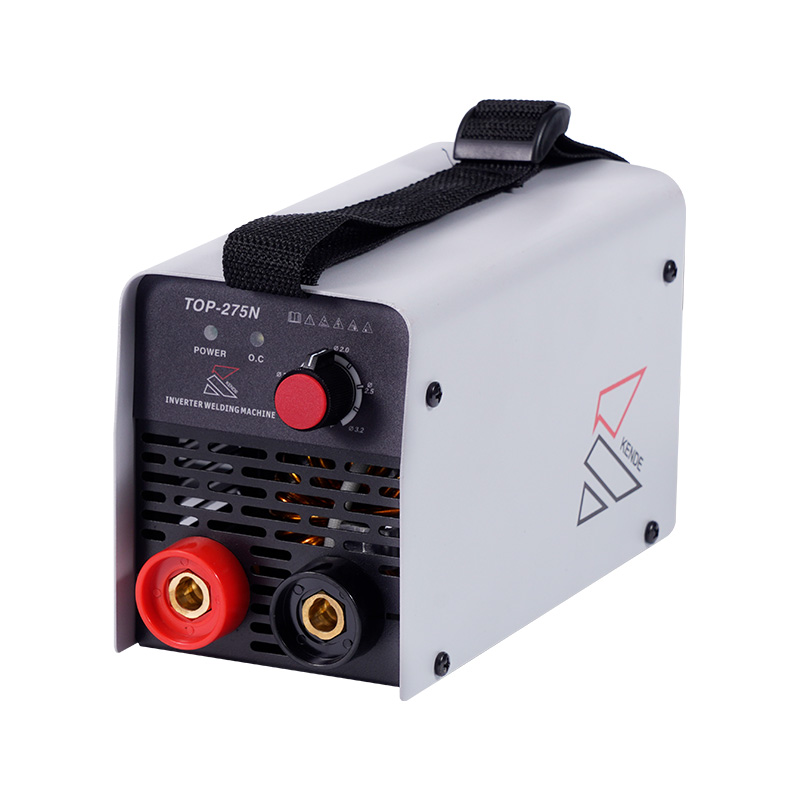Email: [email protected]
 2025.06.13
2025.06.13
 Industry News
Industry News
Welding is a widely used process in various industries, from construction and automotive to shipbuilding and pipeline installation. Among the many welding options available, the ARC MMA welder is known for its simplicity, versatility, and robustness. While it serves as a reliable method in many applications, it is helpful to compare it with other common welding technologies to understand where it fits in and how it differs.
The ARC MMA welder, also referred to as Manual Metal Arc welding or Shielded Metal Arc Welding (SMAW), uses a consumable electrode coated in flux to lay the weld. This coating creates a shielding gas and slag layer to protect the weld pool from contamination. One of the primary advantages of using an ARC MMA welder is that it does not require external shielding gas, making it suitable for outdoor work and harsh environments.
In contrast, MIG (Metal Inert Gas) welding, also known as Gas Metal Arc Welding (GMAW), uses a continuously fed wire electrode and an external shielding gas. MIG welding is known for its high deposition rate and ease of use in industrial settings. However, it often requires clean metal surfaces and a controlled environment due to the reliance on external gas shielding. This limits its effectiveness for outdoor work, especially in windy or dusty conditions where shielding can be disrupted.

TIG (Tungsten Inert Gas) welding, or Gas Tungsten Arc Welding (GTAW), offers precision and high-quality results, particularly for thin materials and non-ferrous metals. TIG welding uses a non-consumable tungsten electrode and external shielding gas. While it produces clean and aesthetically pleasing welds, it is slower and more technically demanding than welding with an ARC MMA welder. TIG welding also typically requires a more stable working environment to maintain gas shielding and arc stability.
Flux-Cored Arc Welding (FCAW) is another method similar to MIG, but it uses a special tubular wire filled with flux. Some variations of FCAW can be used without external gas, making them more portable than MIG welding systems. However, FCAW still may not match the simplicity and durability of an ARC MMA welder when operating in remote or rugged environments.
When comparing an ARC MMA welder to these other technologies, portability and versatility often stand out. ARC MMA welders are compact, typically less dependent on external components, and capable of working on rusted or dirty surfaces. This makes them particularly useful for maintenance work, pipeline welding, and situations where setting up complex equipment is not practical.
However, ARC MMA welders may not always offer the same level of precision or productivity as MIG and TIG systems in a controlled factory environment. The manual nature of electrode feeding also means that welding may require more operator skill and attention, especially on thinner materials or intricate joints.
In terms of cost, the ARC MMA welder usually requires a smaller initial investment. With fewer consumables and no need for external gas tanks, maintenance and operation are often simpler and more affordable over time.
The ARC MMA welder has its place among various welding technologies due to its durability, independence from external shielding gas, and ability to function in less-than-ideal conditions. While it may not be fast method for every task, its rugged reliability makes it suitable for a broad range of field applications. Choosing between an ARC MMA welder and other welding technologies depends on the specific requirements of the job, the working environment, and the skill level of the operator.